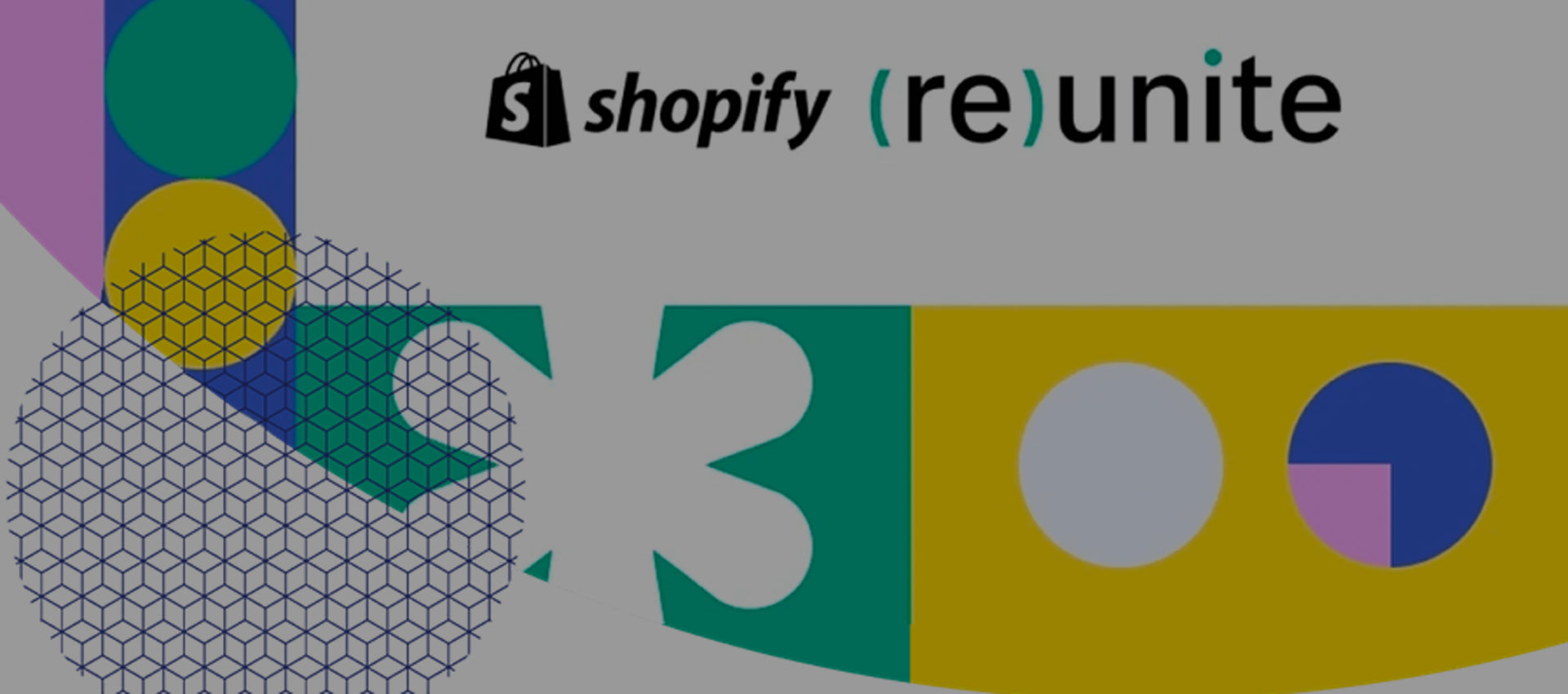We may like to regard ourselves as logical, level-headed beings but in truth, our emotions will always trump information and rationality. It has been said that “the rational is the alibi of desire” – we are very good at convincing ourselves that our choices are well-thought out and not at all emotionally charged!
The pathways of human behaviour
Nature has established an array of systems in our brain and made their satisfaction intrinsically rewarding. To help us survive as a species nature added new survival systems to our brains on top of the old ones. In satisfying our fundamental human motives, we live life to the fullest.
As abundant and varied as our emotions are, they all stem from 12 Fundamental Human Motives, which are triggered by equivalent systems and operations in our brain. Society and culture, far from denying our biological origins, tend to exaggerate them.

Maslow’s Hierarchy of Needs
One of the fundamental theories in psychology is still relevant today. Maslow’s hierarchy of needs can be depicted as a pyramid where needs lower down in the hierarchy must be satisfied before individuals can attend to needs higher up.
Ideally, we move our way up the hierarchy towards a level of self-actualisation. However, life doesn’t work like that – we lose our job, a relationship breaks down - and often find ourselves moving back and forth between different types of needs.
The first four levels are often referred to as deficiency needs and the top level is known as growth or being needs. Deficiency needs arise due to deprivation and are said to motivate people when they are unmet.
Also, the motivation to fulfil such needs will become stronger the longer the duration they are denied. For example, the longer a person goes without food, the hungrier they will become.

The wheel of motives

Taken from ‘Living Brands’ a book by Dr Constantinos Pantidos – the wheel of motives is a model that can help marketers understand the predispositions that guide consumer preference. It links rationality with emotion and logic with pathos.
It is pertinent at this point to look at the ways in which our brain reaches a decision. For instance, you may be surprised to learn that 90 – 95% of our decision making is pre-conscious or intuitive. It helps to think of the brain as an ‘ignoring’ machine, it does as little work as possible as it tries to be efficient. Things that feel familiar, are of a repeated experience and are clearly displayed all help create ease for the brain so these things will be preferred.
Create effortlessness = cognitive ease
As always, Apple is an excellent illustrative example. The Apple brand is founded on creating an emotional connection, appealing to those higher-order needs of being a part of something. The design of their products is built on simplicity; with aesthetic and tactile pleasure in mind – all of which fire up those areas of the brain via a path of least resistance - creating positive emotions and memories.
Nothing around us is neutral of meaning. We prefer brands that favour the expression of our personality and often project our ideal self onto the products/services we buy.
So, re-assess your marketing communications; everything from your brand identity through to your website and emails. Make things as simple and easy as possible for your consumers whilst being as aesthetically pleasing and alluring as possible. It is no easy task but the more depth and more thought applied equates to more meaning and engagement - get it right and boom!
Change your marketing mindset
Have a read of one of our previous blogs start with why to help illustrate a communication strategy that starts with WHY.
The winning business combination is to balance logic with emotion – provide both tangible benefits of your product and/or service that make sense and appease the logical brain together with the elements that don’t necessarily make sense but make us feel all warm and fuzzy inside!
Being clear about who you are enables those with shared values to connect with you. This in itself makes good business sense as it improves efficiency – the right clients will be attracted to you because you emulate what’s important to them – this is natural selection in terms of qualifying leads. What values are important to you? How do you want to come across? What do you want your clients to think about you?


